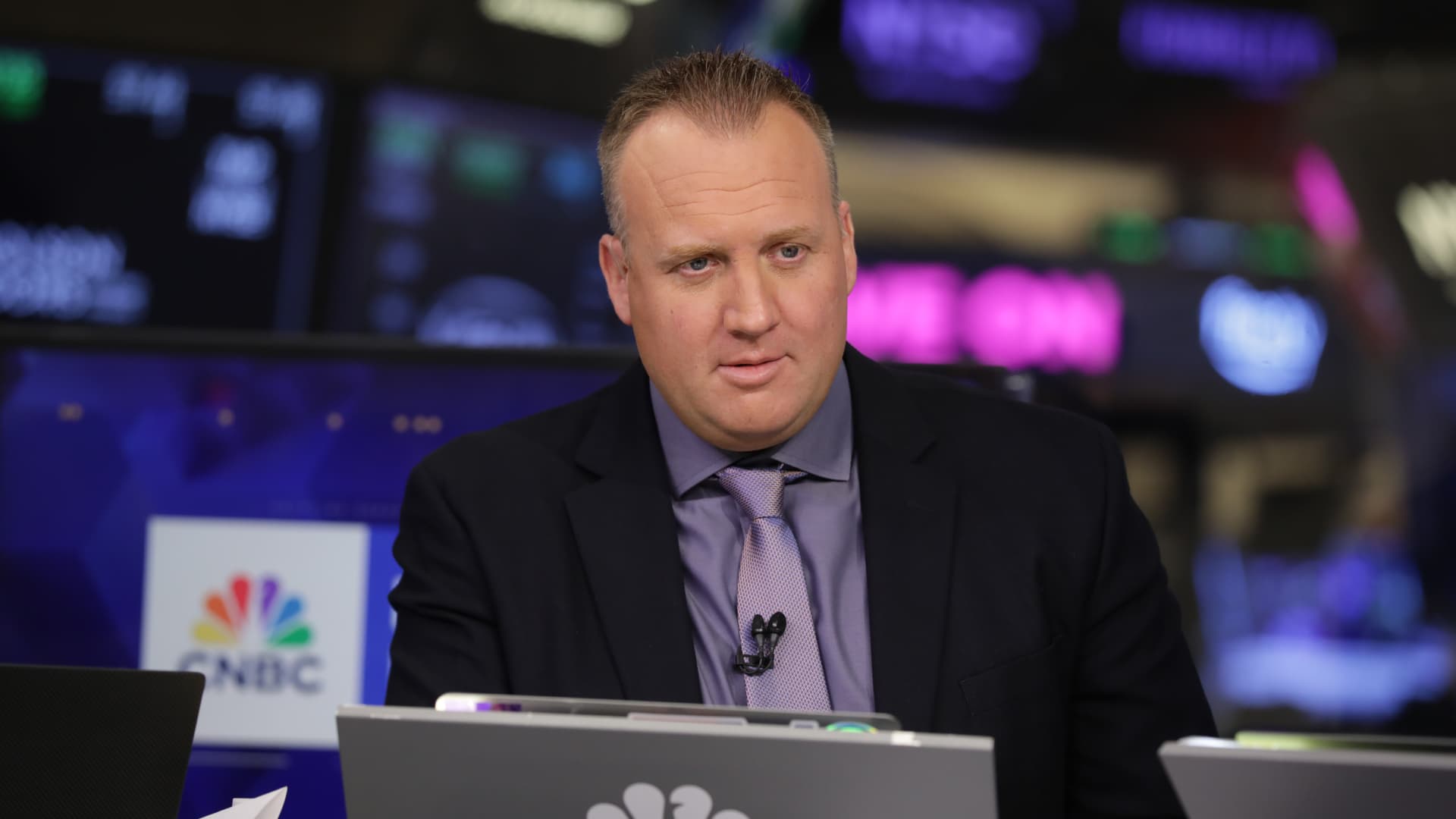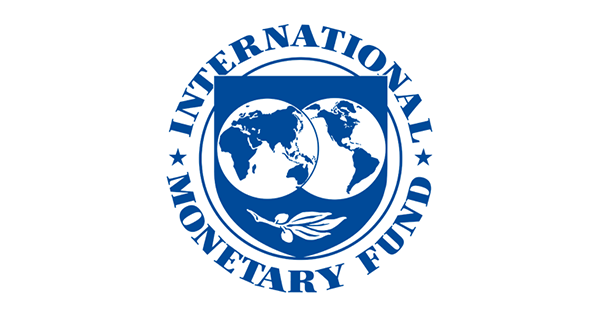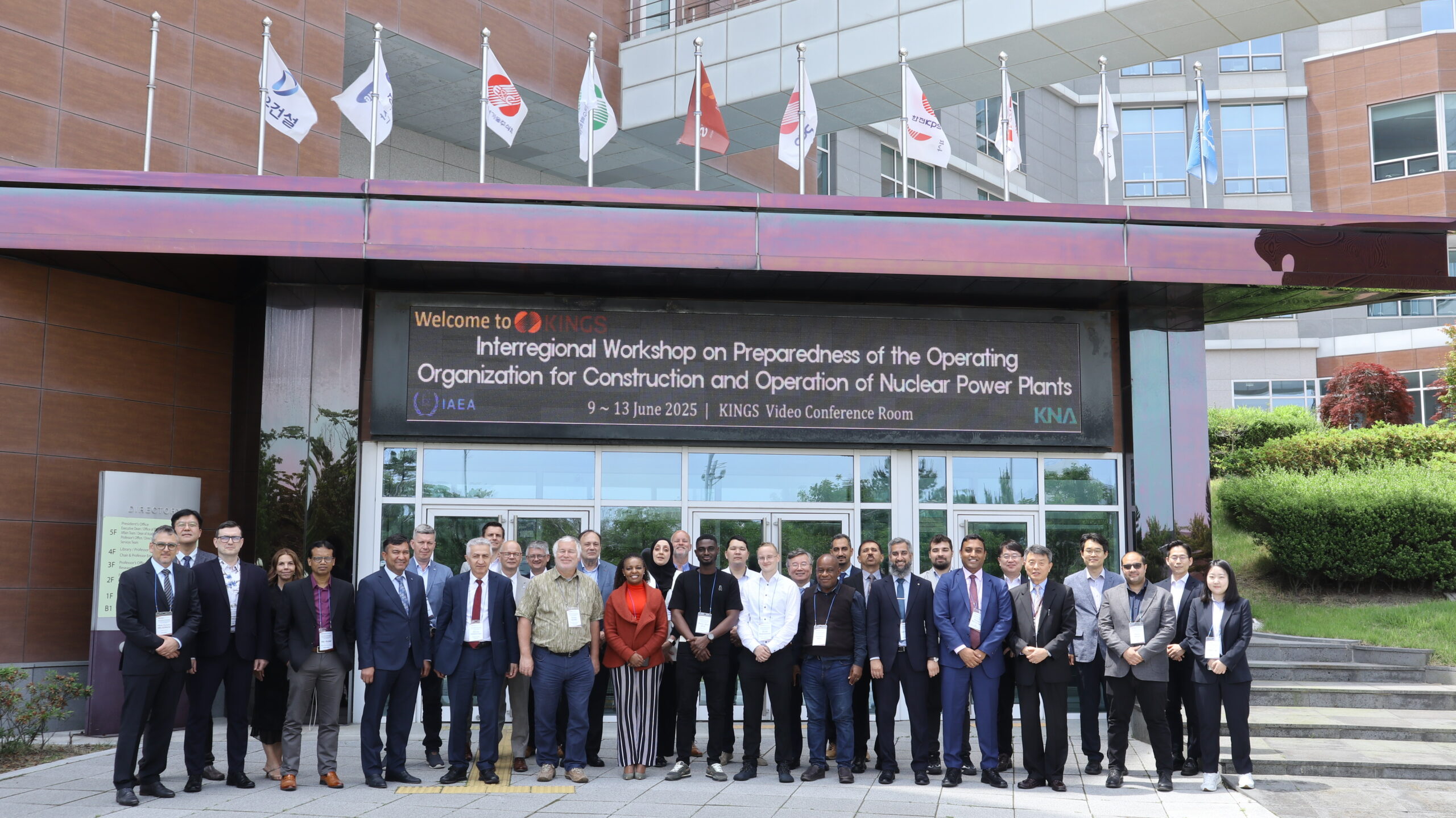Paris, France (October 16, 2025 – 6:00 pm) – EssilorLuxottica announced today that consolidated revenue for the third quarter of 2025 reached Euro 6,867 million, representing a year-on-year increase of 11.7% at constant exchange rates1 compared to the third quarter of 2024 (+6.7% at current exchange rates).
Francesco Milleri, Chairman and CEO, and Paul du Saillant, Deputy CEO at EssilorLuxottica commented: “Achieving our best quarter ever since the creation of the Group, we mark a milestone that speaks to the strength of our vision and the ability of our young and strong management all over the world to deliver groundbreaking results in any market conditions. Fueled by outstanding contributions from EMEA and North America, and driven by booming wearables and strong momentum across vision care and sunglasses, these results showcase what’s possible when we lead with determination and execute with excellence.
In September, we were proud to unveil our most future-forward portfolio of AI glasses yet. With the next generations of Ray-Ban Meta and Oakley Meta glasses and with Meta Ray-Ban Display, we continue to pioneer wearable innovation and expand the boundaries of human potential. At the same time, we’re accelerating our med-tech ambitions, strengthening our leadership in myopia management with Stellest lenses, which have opened a new category in the U.S. following FDA market authorization. With Optegra eye clinics and RetinAI now part of our Group, we’re structuring our vision-health ecosystem – bringing AI-driven prevention and treatment together to empower millions of people around the world.
As we enter the fourth quarter, we carry strong momentum and a clear ambition to drive lasting transformation, shaping a future where innovation, science and human potential advance together”.
Notes
As table totals are based on unrounded figures, there may be discrepancies between these totals and the sum of their rounded component.
1 Constant exchange rates: figures at constant exchange rates have been calculated using the average exchange rates in effect for the corresponding period in the relevant comparative year.
2 Adjusted measures or figures: adjusted from the expenses or income related to the combination of Essilor and Luxottica (the “EL Combination”), the acquisition of GrandVision (the “GV Acquisition”), other strategic and material acquisitions, and other transactions that are unusual, infrequent or unrelated to the normal course of business as the impact of these events might affect the understanding of the Group’s performance. A description of those other transactions that are unusual, infrequent or unrelated to the normal course of business is provided in the half-year and year-end disclosure (see dedicated paragraph Adjusted measures).
3 Comparable-store sales: reflect, for comparison purposes, the change in sales from one period to another by taking into account in the more recent period only those stores already open during the comparable prior period. For each geographic area, the calculation applies the average exchange rate of the prior period to both periods.
4 Comparable or pro forma (revenue): comparable revenue includes the contribution of GrandVision’s revenue to EssilorLuxottica as if the combination between EssilorLuxottica and GrandVision (the “GV Acquisition”), as well as the disposals of businesses required by antitrust authorities in the context of the GV Acquisition, had occurred at the beginning of the year (i.e. January 1). Comparable revenue has been prepared for illustrative purpose only with the aim to provide meaningful comparable information.
DOWNLOAD THE PRESS RELEASE





